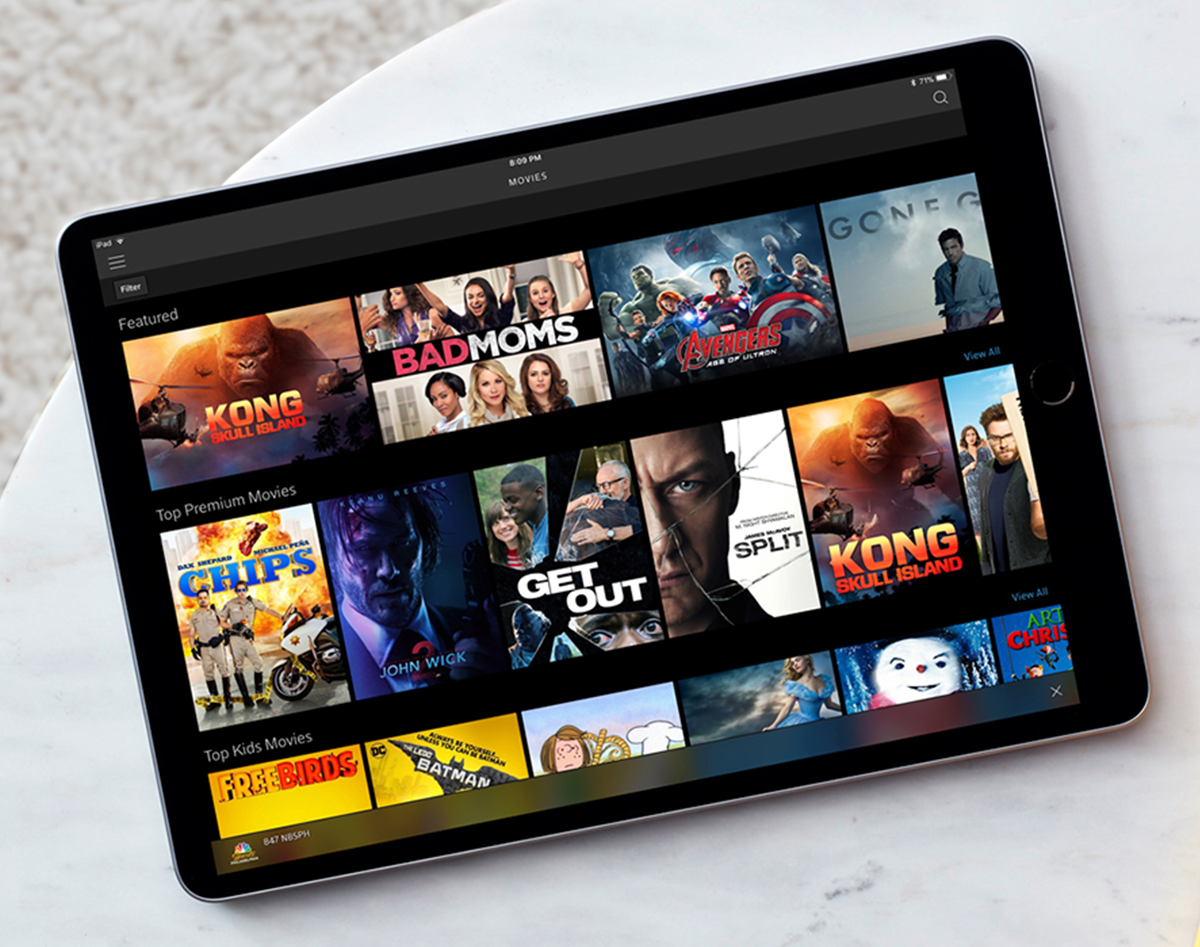Our Perspective
Microservices are the solution to a long-standing problem. Due to their nature, monolithic applications are large, robust and very complex systems that make it challenging to quickly deliver new features and enhancements. Customers have evolving expectations, and they demand fast and personalized service. Monoliths stand in the way of delivering an outstanding experience to this modern customer—and meeting those expectations could be the difference between you and your competitor.
Delighting Customers with Technology
How do we harness the ever-changing world of technology to delight our customers?
Microservices decompose apps into smaller, compartmentalized and more consumable parts. This breakdown of services creates room for new features and faster development. “Once you boil it down into smaller chunks, everything is enhanced,” TEKsystems Chief Principal Architect Jay Mozo explains.
“We look at legacy environments—which are typically static, rigid and subsequently only accommodate yearly or quarterly releases of new features/functions—and seek to render them down into more modular and stateless architectures that allow for quicker/faster iterations, ultimately improving our customers’ ability to succeed in their respective markets. Speed is the “name of the game” in many sectors and microservices allow for much faster delivery in this regard. Furthermore, since we now iterate the corresponding code-bases and feature-sets in a more continuous fashion, the ultimate quality of CX, UX and all-around app experience is also perpetuated like never before. Speed AND quality … it’s a win-win!” says TEKsystems Vice President Ricardo Madan.

The No. 1 business driver for microservices adoption: Increasing speed to deliver new features or functionality12
Mozo adds, “Think about a monolithic app. Make one small change, you have to test it out to make sure you didn’t break anything. With microservices, you identify which service needs to be changed, fixed or updated. You fix it and then you can isolate the testing to that one area.”
While it does not eliminate the need for full system integration testing, validating singular changes in isolation enables you to move through the development life cycle faster. From resolving that issue, you’re able to get things out to your customer at speed and scale—which makes all the difference between exceeding customer needs and lagging behind.

Containerized microservices power organizations’ digital transformation efforts by delivering better, more seamless and more iterative technology by enabling faster, more efficient deployments. The nimble nature of MSAs allows for agile changes to a code base behind the products supported by an application.
“You can only do that if the environment is extensible and amenable to changes on the fly,” Madan notes. Legacy application environments can become cumbersome and problematic, he said. At the start, you have storage, servers, infrastructure and teams of people providing support. “Very rarely over time do these app environments become more extensible, modular or transportable to other environments. Instead, they usually get more brittle, fixed and static,” he said. Whereas an MSA offers a holistic method to achieving modernization and improving the value stream, setting the company up for long-term success.
TEKsystems’ Tips: Advice to realize the value
- Modernization should be holistic. “Moving from monolith to microservices is one part of the puzzle,” Mozo says. Create a modernization roadmap that takes the entire cloud ecosystem into consideration.
- Decisioning should be streamlined and unified. “You need to have strong leadership. The decision tree can’t be big and bloated, and the silos can’t be fighting with each other,” Madan says.
- Teams should be lean, agile and revolve around the DevOps model. A small group of high-octane performers is all it takes. Key roles include developer, architect, ops engineer, an SDET and scrum master.
- Start with quick wins. Look for the minimum viable product that you can optimize to get a proof of concept you can use to gain confidence and demonstrate the value.
- Be service-minded.
- People—Make sure your people are up to speed and they’re able to adapt to changes
- Process—Most processes and governance should be automated
- Technology—Position yourself to accept, not resist, emerging technologies
- Anticipate evolution. “Companies should not only think about improving what they have today, but more importantly, think about what doesn’t exist today,” Mozo says. “That’s how successful firms differentiate themselves.”
- The business value is your North Star. “Technology changes so quickly. Focusing on the value stream to your customers holistically and modernizing that value stream is the best way to future-proof your investment,” Mozo says.
Companies should not only think about improving what they have today, but more importantly, think about what doesn’t exist today.
 Jay MozoChief Principal Practice Architect at TEKsystems
Jay MozoChief Principal Practice Architect at TEKsystems
You need to have strong leadership. The decision tree can’t be big and bloated, and the silos can’t be fighting with each other.
 Ricardo MadanVice President of Technology Products & Services at TEKsystems
Ricardo MadanVice President of Technology Products & Services at TEKsystems
The Value
How microservices give the competitive edge
- Drive better, modernized products and services to improve the end-user experience
- Lower total cost of ownership
- Create new revenue streams
- Improve maintenance and portability
- Increase speed, agility and resiliency
Measuring Success
Improved performance across KPIs
- Mean time to resolution
- Reduced cycle time
- Reduced rework
- Reduced buggy source code
- Reduced retest/redeploy time
- Number of features in production
- Cycle time to get features into environment
- Reduced number of vulnerabilities
Over half of leaders say the most important goal of using microservices: Drive better, modernized products and services to improve the end-user experience.12

Real-World Application: Comcast
Global media and technology provider, Comcast, successfully navigated cloud migration to innovate and scale its businesses in a time when cable subscriptions are on the decline.
Under its primary businesses—Comcast Cable (Xfinity) and NBCUniversal—Comcast delivers a range of communications services, including high-speed internet, video, phone, wireless, news and entertainment. With nearly 55 million customer relationships, Comcast has managed to sustain a leading position in the marketplace despite the growing popularity of cord-cutting in favor of streaming. “In the U.S., connectivity is the focal point of our customer relationships, enabled by our world-class network,” according to Comcast Chairman and CEO Brian L. Roberts.9
Leveraging AWS for its public cloud strategy and infrastructure, Comcast can build cloud-native products and solutions that not only meet their customers’ evolving needs but also help the company remain competitive. For example, Comcast’s X1 for Business is a platform that provides businesses (e.g., restaurants, bars, gyms) and their patrons with a cutting-edge viewing experience through unique features, including voice control, convenient navigation and picture-in-picture—ideal for live events such as sports. Another solution, Xfinity xFi empowers residential customers by providing them a personalized home Wi-Fi experience that they can manage and control. Running workloads on a cloud computing service keeps Comcast agile, nimble and positioned to continue innovating.8
While cable subscribers have been on a steady decline, the company projects exceeding 1 million net additions to its broadband customer base for the 14th consecutive year. Roberts acknowledges the tremendous disruption and change in the media, cable and technology landscape. “But that said, for years, we’ve felt that video over the internet is more friend than foe.”9
TEKsystems Cloud / DevOps Portfolio
We help businesses scale, flex and compete through sound cloud enablement solutions.
Hundreds of thousands of cloud infrastructure assets deployed to AWS, Azure and GCP
500+ successful cloud enablement, DevOps and application modernization projects completed
Thousands of on-premise workloads migrated to—and optimized in—hybrid and public cloud platforms
$10B+ of customers’ revenue generated off next-gen cloud-based apps we’ve delivered
Strategic Acceleration Partner to AWS with superpowers spanning DevOps, modernization and data and analytics—all woven across unparalleled scale
In good company
Transformational technologies demand equally transformative partnerships. TEKsystems is proud to deliver cloud solutions across the leading provider platforms to enable organizations’ competitive advantage.
The views and opinions expressed in this publication are those of the authors and do not necessarily reflect the views of TEKsystems, Inc. or its related entities.
